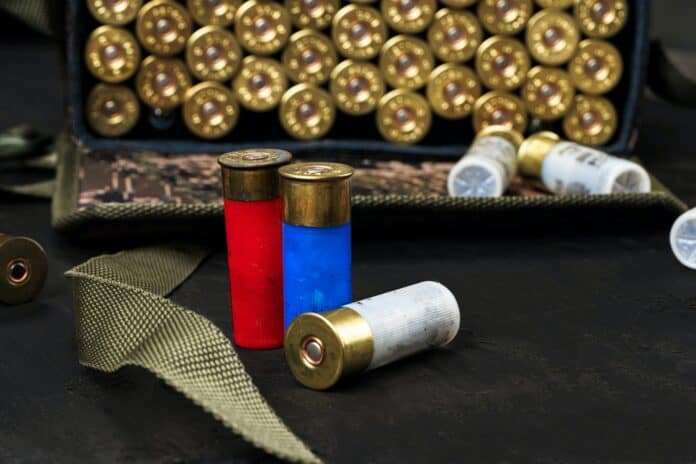Shotgun shells on the first glance seem to be pretty much basic. It makes you wonder what it is that is in the random looking object that makes it go boom! Just as shells of snails and oysters serve as a house for the creature, the modern day shotgun shell also serves as a house to the most important parts that make your shotgun fire. The primer, the smokeless powder, the hull, the wad, the crimp and the projectile are all housed inside the shell.

The Primer: shotgun primers are basically cup-like structures made of metal. Shotgun primers are built with an explosive mix that detonates when the firing pin hits the primer. The shotgun primer is a larger version of the metallic cartridge primer. Immediately the firing pin hits the primer, it ignites the smokeless powder contained inside, causing the shell to fire.
The Smokeless Powder: the smokeless powder and the primer work together. The smokeless powder needs a primer for ignition. The powder in most shotgun shells is packed really tight.
The Hull: The hull comes in different sizes and varying lengths. The hull performs the function of holding the components together and protects them from the heat that builds in the gun. Shotgun hulls can be made from different materials including paper, brass and plastic. However, most modern hulls are made of plastic.
The Wad: The wad is basically a cup-like object made from fiber or plastic. The wad is composed of several pedals that force the projectile or pellets out of the shotgun. It keeps the powder and the projectile apart and also stops the projectile from coming in contact with the barrel. Essentially, the level of velocity that your shotgun generates is influenced by the wad. The wad keeps the gas behind the shot to ensure maximum velocity.
The Crimp: there are two types of crimp. The folded crimp and the rolled crimp. Most pros prefer using the rolled crimp. The crimp prevents untimely movement and ensures better shot performance. The crimp also protects the internal components of the shell from contamination. Without the crimp, the shot and propellant can be affected by dust or water.
The Projectile: this is also known as “the pellet.” The pellets are those hard round metallic objects that spurt out of the shotgun. The pellets are not a fast or effective as regular bullets but they cover more spread than regular bullets because they disperse when they leave the firearm. The spread increases as the pellets travel. The three common types of projectile are: buck shots, slugs, and birdshot. All three types can be differently loaded into and fired with the same gun.
Another part of a shotgun most pros use is called “the choke.” The choke increases accuracy by forcing pellets together rather than letting them spread. Virtually the caliber and every component of each shotgun have varying sizes, so use the suited size for your shotgun.
